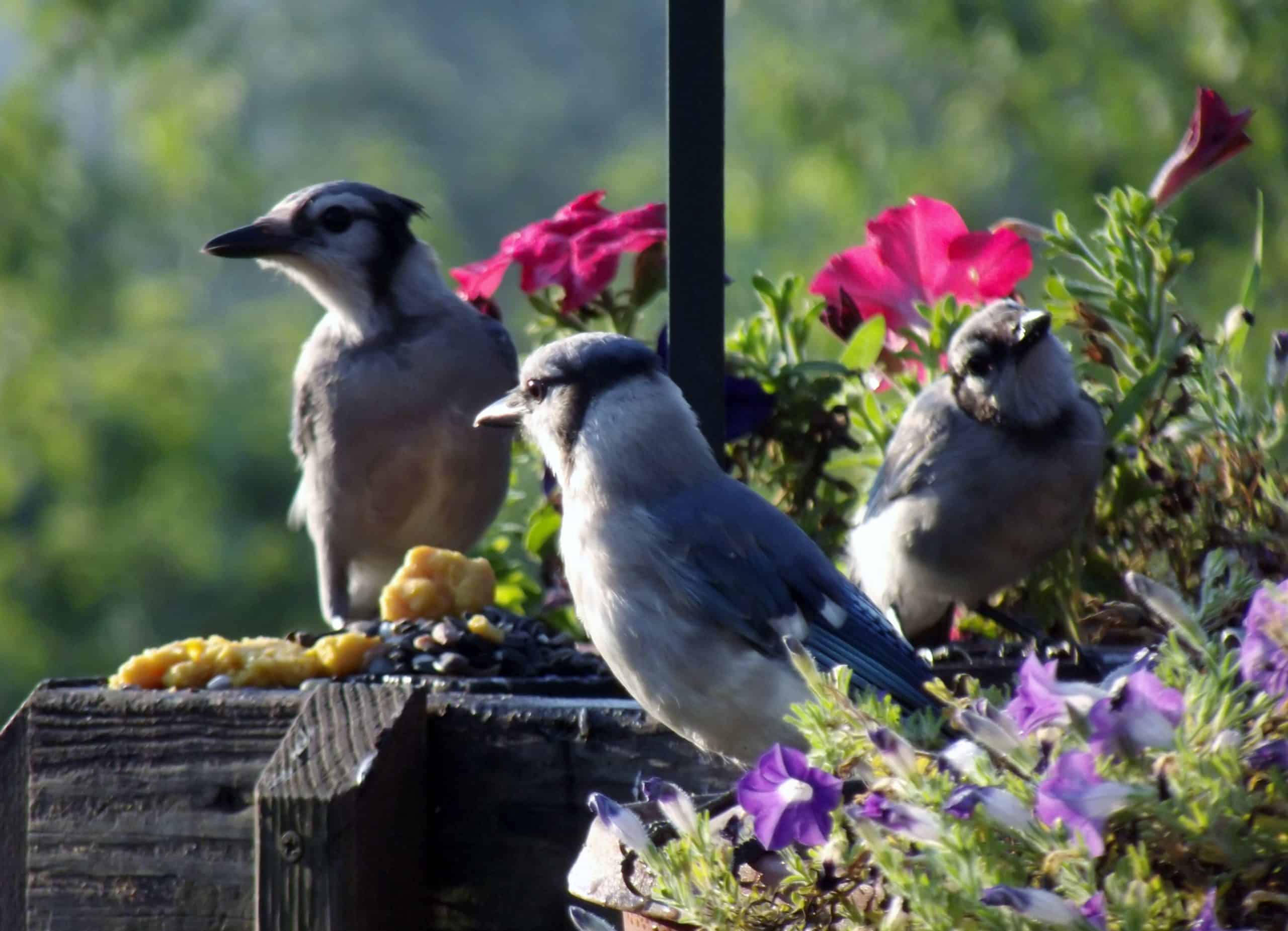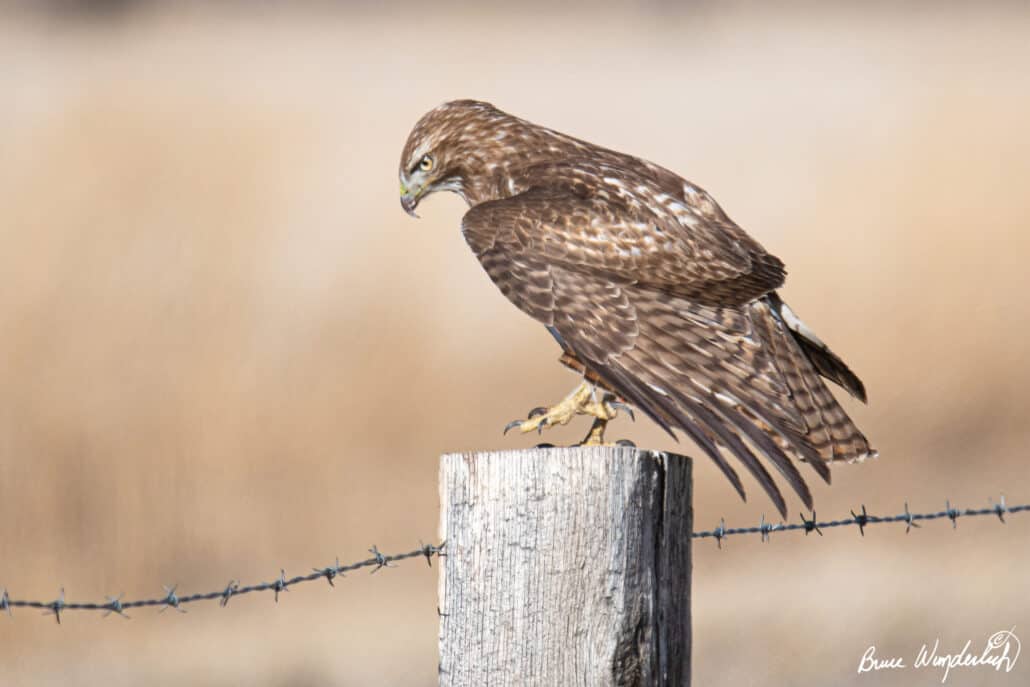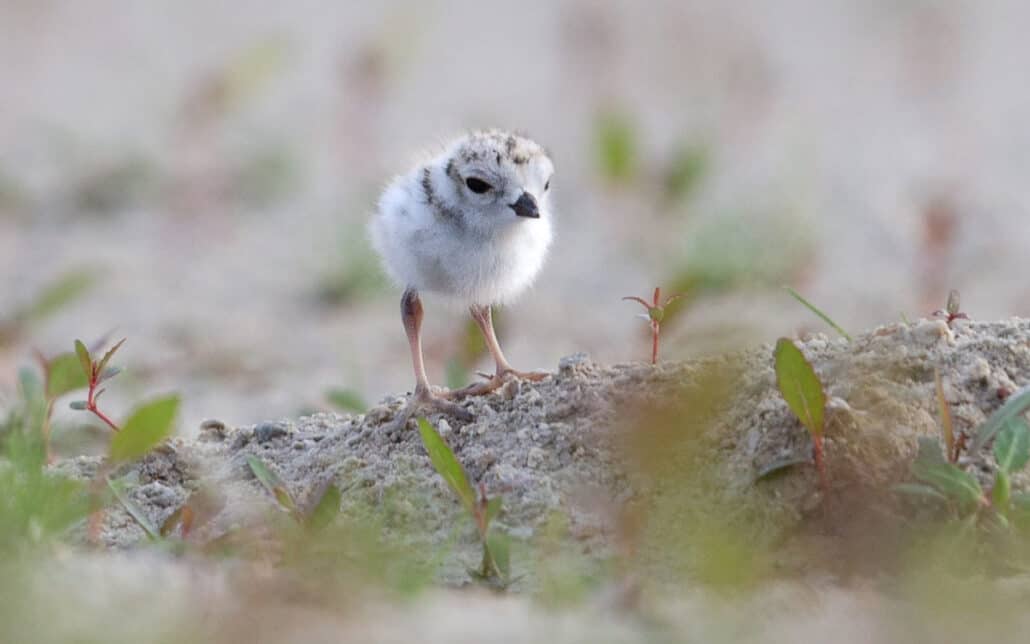
Since late May, in some areas of the East and Midwest, reports of dead and dying birds—either with crusty, diseased eyes, or with apparent neurological problems—skyrocketed. Blue jays, northern cardinals, common grackles, European starlings, American robins, and house sparrows were species hardest hit, especially fledglings. Reports came from Indiana, Ohio, Maryland, West Virginia, Virginia, Kentucky, Washington, D.C., and some adjoining states. Some state wildlife authorities issued advisories, recommending that those who feed birds take down their feeders and empty their birdbaths, wash both with a 10-percent bleach solution, and not offer them again until reports of the problems diminish.
The cause of the ailment is being studied by numerous state and federal wildlife agencies, but is yet unknown. The Indiana Department of Natural Resources said the dead birds they checked tested negative for West Nile and avian influenza. But with birds, as with humans, pathogens spread more easily where crowds gather—such as at birdfeeders and in birdbaths.
On July 15, MassWildlife, the Massachusetts state wildlife agency, encouraged the public to stop using bird feeders and birdbaths, even though the problem has not been reported in any New England state at this time. Better to be safe…
If you find a dead bird (but not one that has obviously been killed by a cat or struck a window), do not touch it; pick it up in a plastic bag, and call your state’s department of natural resources or wildlife agency. They might want the carcass for testing, or they might instruct you on safe disposal.
At this time of year, birds can easily find natural food sources. For thousands of years, birds have become adept at finding new food supplies when a formerly reliable one becomes depleted. Healthy birds will not starve if you stop feeding them. Rather, crowded bird feeders might hasten disease spread and infect or even kill the birds that use them.
Note: Nectar feeders for hummingbirds are exempted from most state advisories that urge residents to stop feeding the birds. Hummingbirds have, apparently, not been victims of this mystery ailment.
If you live in the affected area, we urge you to check with your state’s wildlife agency to see if the red flag on bird feeding has been lifted yet. Follow your state’s guidelines for the well-being of our feathered friends and neighbors. At least for now and for those who live in states with advisories in effect, continuing to feed birds may risk their health.
And if you don’t live in an affected region: This weekend is a great time to take down your feeders, scrape out all “gunk” that may have accumulated, wash them with a 10-percent bleach solution, rinse thoroughly, let them air dry, and refill with as much fresh seed as the birds will eat in one day. While you’re at it, why not wash your bird baths with a 10-percent bleach solution, too? It’s the right thing to do.



